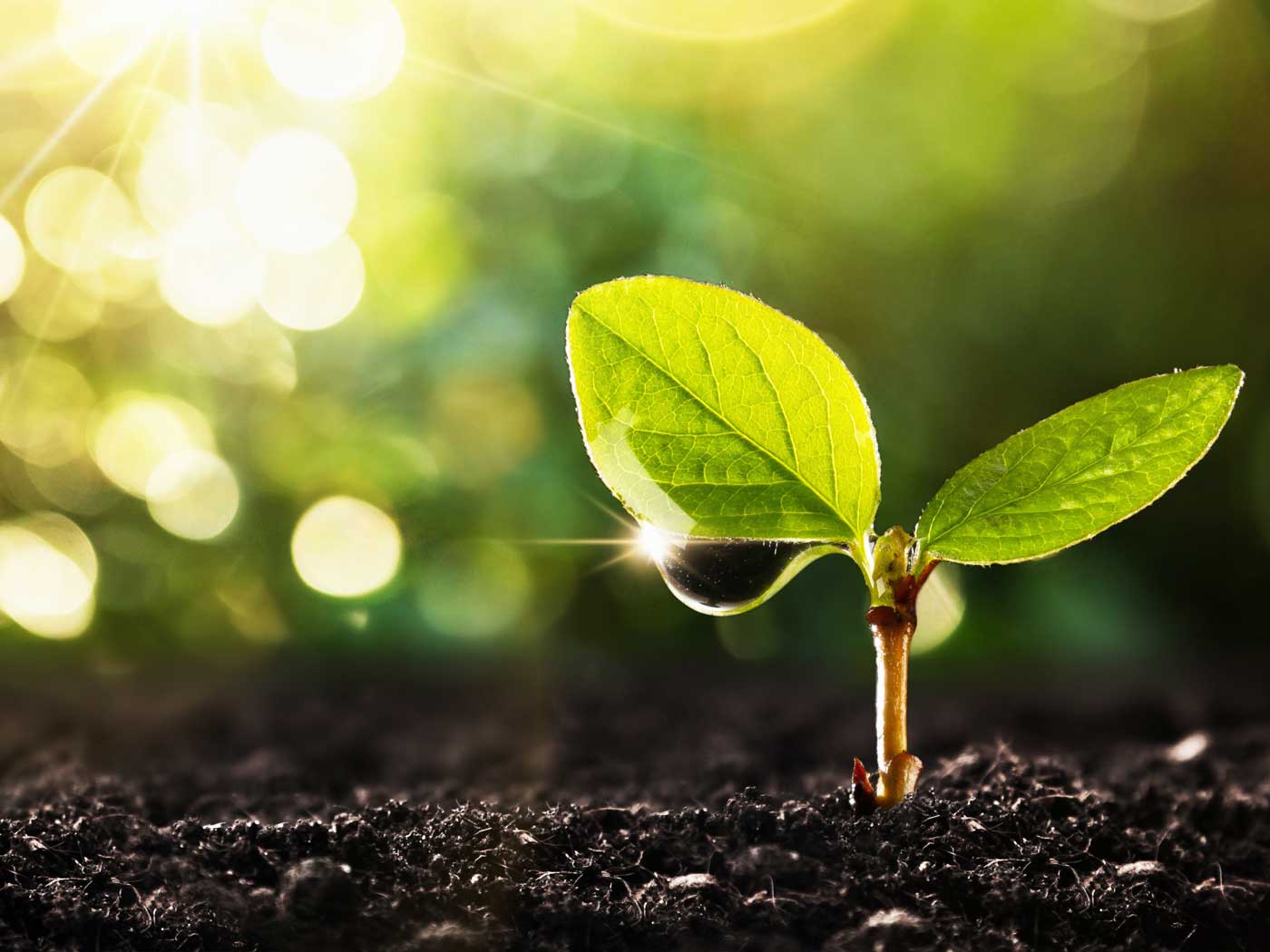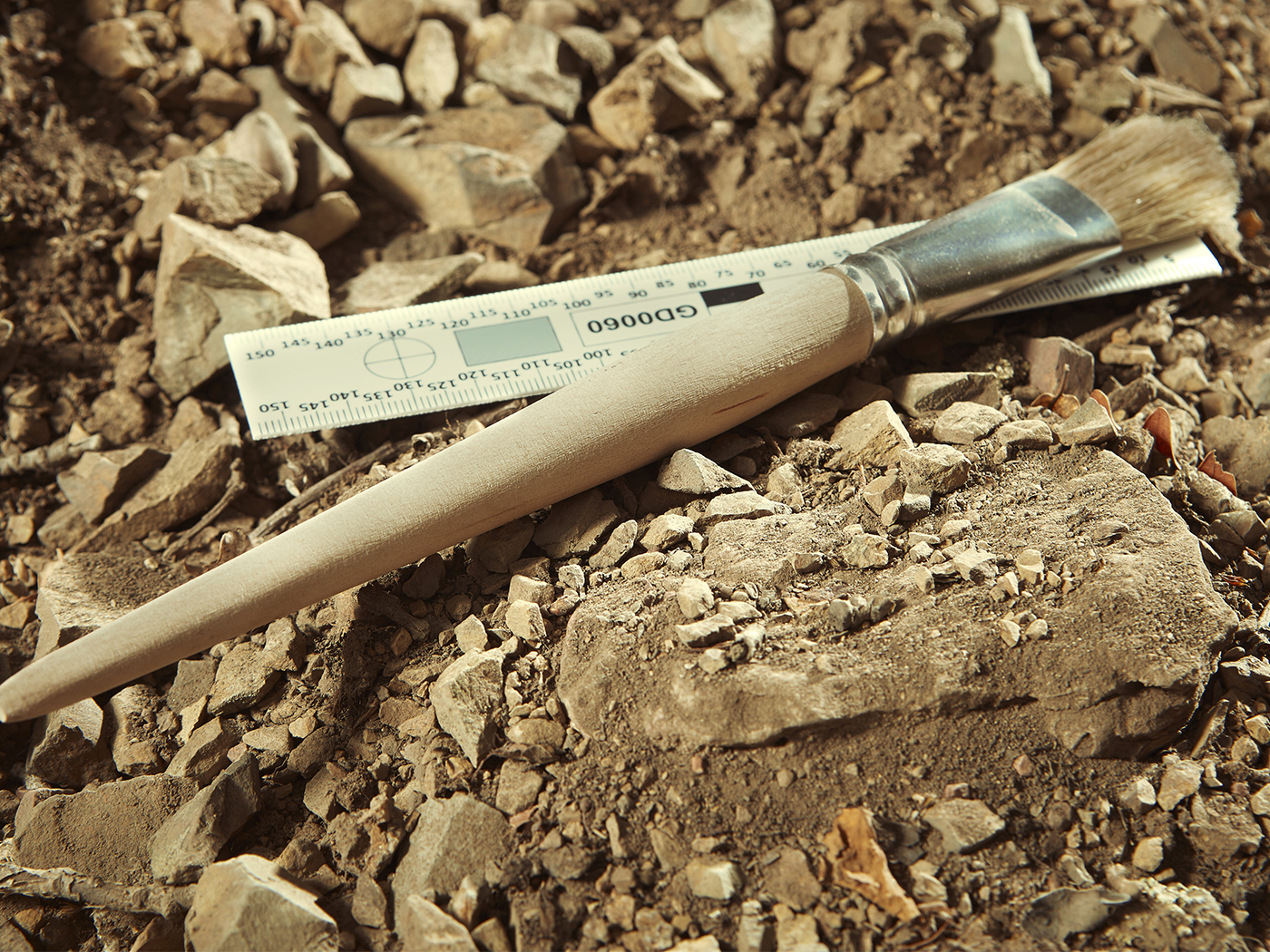If you were standing in a field of tomatoes, you might be surprised to know that the soil underneath your feet is teeming with electrical signals being sent among plants as described in a new research study.1 These results continue to expand the startling complexity of plant adaptation and point directly to an Omnipotent Creator who engineered it all.
In 2013, a study was published showing that plants signaled each other when being attacked by insects so that plants which were not being attacked could mount a mitigating defensive response.2 In that study, it was shown that the communication channel was facilitated by an underground network of fungi that form mycelial fibers throughout the soil that connect to the plant root systems. This discovery shocked scientists with its unexpected design complexity and ingenuity. However, it remained a mystery as to how the plants actually performed the communication across their fungal internet-style network.
In this new study, the research involved a joint effort between electrical engineers and plant biochemists. The researchers used physical experiments and mathematical modeling to study the transmission of electrical signals between tomato plants. Much of the success of the study owed itself to one of the scientists who had a specialty in control engineering where specific mathematical algorithms are used in human designed systems such as aerospace vehicle control.
First, the scientists established that electrical signal propagation was occurring throughout the plant and also between plants through the soil fungal network. The researchers showed that plants generate electric signals that propagate through their stems, leaves, and roots. When the roots were experimentally separated from each other with an air gap, the electrical signals were impeded. However, when the plants were living together in a common soil inhabited by fungi, they were able to communicate by sending electrical signals to each other through the fungal strand network in the soil.
The researchers were also able to determine that the electrical signals contained structured information. Dr. Shtessel, one of the lead researchers stated, "I suggested building an equivalent electrical circuit and a corresponding mathematical model that describes these processes."3 Shtessel’s model was based on standard and partial differential equations. His modeling not only showed that meaningful information was being communicated, but it also enabled them to later conduct virtual experiments that successfully simulated underground fungal network plant signaling.
While this study used only tomato plants, the researchers believed that the new data opened a new door to understanding how different plant species can communicate through soil fungi.
This concept is important because, in the wild, plants live in diverse communities with other types of plants in soils that are rich in fungal networks.
Needless to say, these results are clear evidence of design and engineering by an omnipotent Creator. These results continue to uphold the scripture proclaimed in Romans 1:20 that says, “For since the creation of the world His invisible attributes are clearly seen, being understood by the things that are made, even His eternal power and Godhead, so that they are without excuse.”
References
1. Volkov, A. G. et al. 2020. Underground electrotonic signal transmission between plants. Communicative & Integrative Biology. 13 (1): 54-58.
2. Tomkins, J. P. 2013. Plants Use Underground 'Fungal Internet' to Communicate. Creation Science Update. Posted on ICR.org August 5, 2013, accessed July 10, 2020.
3. Steele, J. 2020. Detection of electrical signaling between tomato plants raises interesting questions. Physorg. Posted on Phys.org July, 10, 2020, accessed July, 10, 2020.
*Dr. Tomkins is Director of Research at the Institute for Creation Research and earned his doctorate in genetics from Clemson University.

Electrical Signaling Among Plants Via Soil Fungal Network
The Latest
Florida Fossil Shows Porcupines Have Always Been Porcupines
The porcupine is an animal (rodent) that one does not soon forget. It is armed with formidable quills that deter even the hungriest predators. What...
Webb Telescope Discovers Another Record-Breaking Galaxy
Astronomers using the James Webb Space Telescope have recently confirmed that two galaxies are extremely distant, with one becoming the new record holder...
CREATION PODCAST
The Power of Film & Video: Reaching All Ages with Truth | The...
Is there a place for the use of film and video within Christianity? If so, how can we leverage this powerful tool to reach viewers of all ages...
Scaly Skin on a Feathered Dinosaur?
Fossil experts from University College Cork in Ireland took stunning images of Psittacosaurus skin. The dinosaurs’ belly shows patches of skin...
T. rex Not as Smart as Thought
Have movies and most conventional paleontologists got it all wrong? T. rex and other theropod dinosaurs (the meat-eaters) are often portrayed as intelligent...
June 2024 ICR Wallpaper
"For by grace you have been saved through faith, and that not of yourselves; it is the gift of God." (Ephesians 2:8 NKJV)
ICR June...
A “Just-so” Story About Ancient Genes
An evolutionary website recently published “a groundbreaking study” that supposedly identifies a basic, uncomplicated, “simple”...
CREATION PODCAST
Dinosaurs with Bird Brains??? | The Creation Podcast: Episode...
Evolutionists claim that birds are descended from dinosaurs. A feature that is often cited as linking these two types of creatures is the brain....
CREATION.LIVE PODCAST
From Ruins to Revelation: Truths Revealed Through Biblical Archaeology...
The Bible is full of people and places that are seemingly lost to time, but through the field of archaeology, new finds are shedding light on the incredible...
Bergmann’s Rule Falsely Refuted
A recent study of dinosaur sizes claims to break Bergmann’s rule.1 Bergmann’s rule was named after biologist Carl Bergmann, who...


































